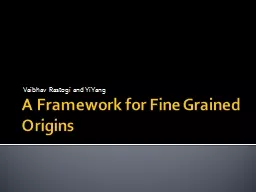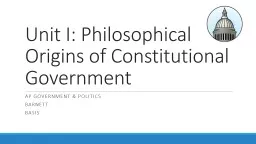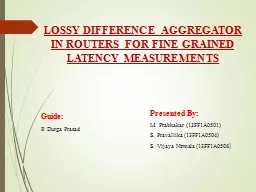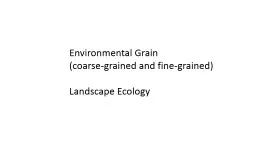PPT-A Framework for Fine Grained Origins
Author : karlyn-bohler | Published Date : 2018-02-09
Vaibhav Rastogi and Yi Yang Objective SOP is outdated Netscape introduced this policy when most content on the Internet was static Differences amongst different
Presentation Embed Code
Download Presentation
Download Presentation The PPT/PDF document "A Framework for Fine Grained Origins" is the property of its rightful owner. Permission is granted to download and print the materials on this website for personal, non-commercial use only, and to display it on your personal computer provided you do not modify the materials and that you retain all copyright notices contained in the materials. By downloading content from our website, you accept the terms of this agreement.
A Framework for Fine Grained Origins: Transcript
Download Rules Of Document
"A Framework for Fine Grained Origins"The content belongs to its owner. You may download and print it for personal use, without modification, and keep all copyright notices. By downloading, you agree to these terms.
Related Documents














